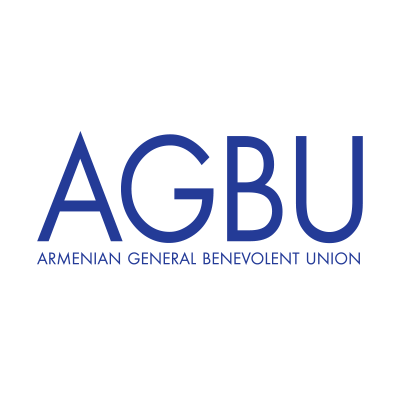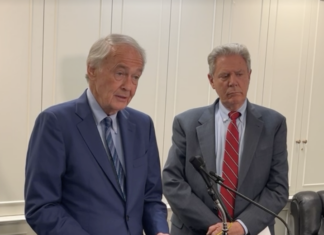By Daphne Abeel
Special to the Mirror-Spectator
BOSTON — While veteran academics such as Kevork Bardakjian and Richard Hovannisian could be spotted on the program and in the audience at the three-day conference, “International Conference and Student Workshop on the Armenian Diaspora,” held at Boston University, February 12-14, the podium was occupied largely by a younger generation of scholars in their 20s, 30s and 40s. And this is good news for the field of Armenian studies.
In fact, the entire first day of the conference featured papers by graduate students who hailed from places as far-flung as the University of California in Los Angeles (UCLA), Universite de Montreal and the University of Chicago.
Perhaps the most startling statement came early in the day when Kebranian harshly criticized Peter Balakian’s editorial in the New York Times, titled “Bones” (12/7/08), describing his trip to Der Zor where he pocketed bone fragments and bits of soil, as a mere “tourist” action, and a kind of desecration.
Kebranian also stated that “the richness of Armenian culture tends to be reduced to the Genocide,” which, she said, leads to the culture of victimhood. In her written abstract, Kebranian stated, “[This] paper suggests that by privileging this discourse, the Armenian Diaspora, especially its American wing, conforms to a wider Western discourse of human rights that renders Armenian Diasporic identity in exceedingly politicized terms, in turn muting and/or debilitating more authentic Armenian cultural expressions.” She continued in her spoken remarks to say, “Armenians suffer from a Diaspora obsession with the Genocide…that has reduced Armenian narratives to a single story.”
Joyce Apsel of New York University, in her paper, “Teaching the Armenian Genocide in North America: New Resources, Programs and Integration within Genocide Studies,” praised the Zoryan Institute for its expanding for its expanding summer curriculum on the teaching of the Genocide. However, she said there were still many gaps in the curriculum.
Rubina Peroomian from UCLA tackled the subject of third-generation Armenian-American writers in her paper, titled, “The Third-Generation Armenian-American Writers Echo the Quest for Self Identity with the Genocide at its Core.” She noted that the generation which actually endured the Geocide produced many memoirs, while the second generation, faced with the challenges of assimilating and moving to new worlds, was largely silent. She said, “The third generation seeks catharsis and no matter how deeply assimilated, carries within them the memory of the Genocide.” Writers she noted include Peter Balakian (Black Dog of Fate) and Micheline Aharonian Marcom (Three Apples Fell from Heaven) and noted that “continued denial prevents healing.”







